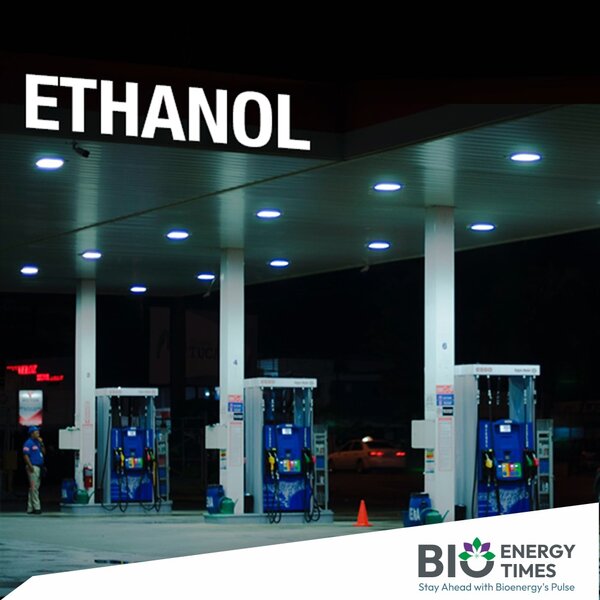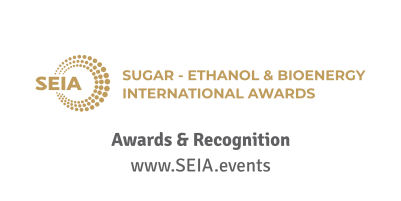Amid a wave of misinformation on social media concerning ethanol-blended petrol (E20), key industry organizations have come forward to reaffirm the credibility and importance of India’s ethanol blending programme. They emphasized that the initiative is grounded in scientific research, globally recognized, and plays a strategic role in reducing the country’s reliance on imported fuels while supporting Indian farmers.
Addressing concerns about potential engine damage from E20 fuel, Oil Marketing Companies (OMCs), along with the Automotive Research Association of India (ARAI), have conducted extensive testing and confirmed its safety for use in Indian vehicles. Automobile manufacturers are already introducing E20-compatible models, clearly marked with relevant instructions for users. The Ministry of Petroleum and Natural Gas has also released technical findings that underscore ethanol’s advantageous fuel properties, countering false narratives circulating online.
Globally, ethanol blends have a long track record. Brazil, for instance, has successfully used blends from E20 to E100 for decades. Vehicles running on 100% ethanol have been common there since the 1980s. The country currently blends over 27% ethanol into petrol, with plans to raise this base blend to 30% by 2030, without any major engine issues being reported.
“Ethanol-blended fuel is more than a technological advancement, it’s a national priority,” said Deepak Ballani, Director General of the Indian Sugar & Bio-energy Manufacturers Association (ISMA). “It has been validated by science and proven by decades of use worldwide. It brings tangible benefits for our farmers, economy, and environment. Undermining this effort only delays our march toward energy independence, cleaner air, and rural upliftment.”
Economically, the ethanol initiative has proven transformative for over five crore sugarcane farmers in India. So far, more than ₹1.18 lakh crore has been disbursed through the ethanol ecosystem. This has strengthened the financial health of sugar mills, ensured prompt payments to farmers, and helped manage sugar surpluses, contributing to price stability and farmer welfare. The programme reflects the government’s ‘Annadata se Urjadata’ vision, which seeks to empower farmers as energy producers.
Ethanol blending also plays a central role in India’s energy security. With more than 85% of crude oil being imported, increasing domestic ethanol use reduces exposure to international price volatility. Achieving the E20 target could save the country ₹35,000–₹40,000 crore annually in foreign exchange.
On the environmental front, ethanol offers notable advantages. Lifecycle analyses show it cuts greenhouse gas emissions by 40–60%. Case studies from cities like São Paulo in Brazil reveal that ethanol use has led to over a 50% reduction in urban air pollution, highlighting its public health benefits.
The recent disinformation campaign targeting ethanol-blended fuels is not only inaccurate but risks derailing a nationally significant initiative. The ethanol blending programme has been built on robust scientific assessments and collaborative support from industry, regulatory bodies, and the government. It contributes to cleaner energy, stronger rural incomes, lower oil imports, and sustainable development.
“Ethanol is more than just an alternative fuel, it represents a cleaner, more inclusive energy future for India,” Ballani added. “It is safe, strategically important, and vital to our journey toward self-reliance and environmental responsibility.”














